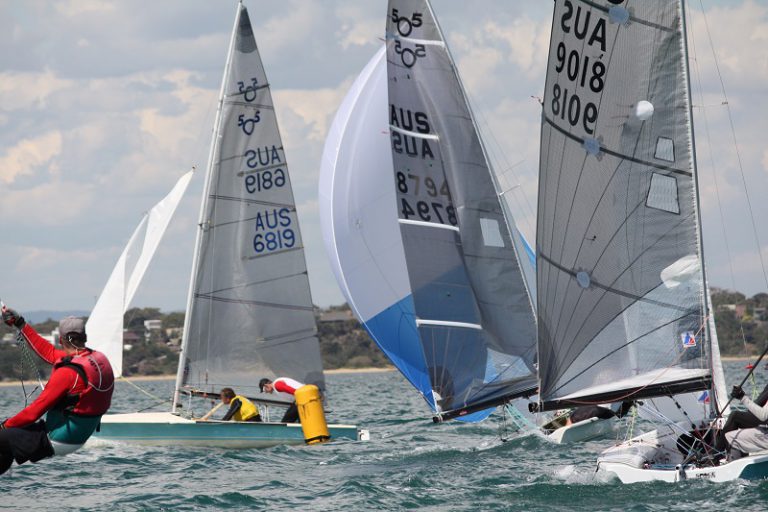
Essential Before Rounding a Mark – Before you round any mark, it’s essential to visually locate the next mark. This is critical for your next-leg strategy. It will have a massive impact on how you approach each mark rounding.
The Weather Mark – Essential Before Rounding a Mark
As an example, at the weather mark, you must ask yourself whether you should round inside other boats so you can do a gybe set, or outside so you can do a bear away set. Having visually sighted the next mark prior to rounding will determine which approach you’ll use immediately after rounding.
The worst thing you can do tactically is round the mark and then search for the next mark. You lose any tactical advantage you may have had. In fact, you run the very real chance of being smoked by the boats behind you.
A classic mistake is not realizing that you can lay the next mark on one tack or gybe. Any distance you sail away from the proper course is time and distance wasted.
If you go around the windward mark and do a bear-away set, for example, you will lose a lot of boats if you later realize that your competitors are gybe-setting and laying the next mark.
Locate the Next Mark – Essential Before Rounding a Mark
One team member must be given this specific responsibility every time you approach a mark. Their job is to locate the next mark while there is still time to plan your strategy for the next leg.
Once they have the mark in sight they must describe that mark’s location to the rest of the crew. They can do this by identifying a visual reference point or unique geographic feature behind the mark.
When sailing a set course, like a windward and return, you can calculate a compass bearing while still on the previous leg. Give the helmsperson a bearing to the next mark once rounded. This is especially important if they can’t see that mark.
Follow these mark-rounding principles and when the fleet converges at a mark you will be able to avoid the chaos.




















